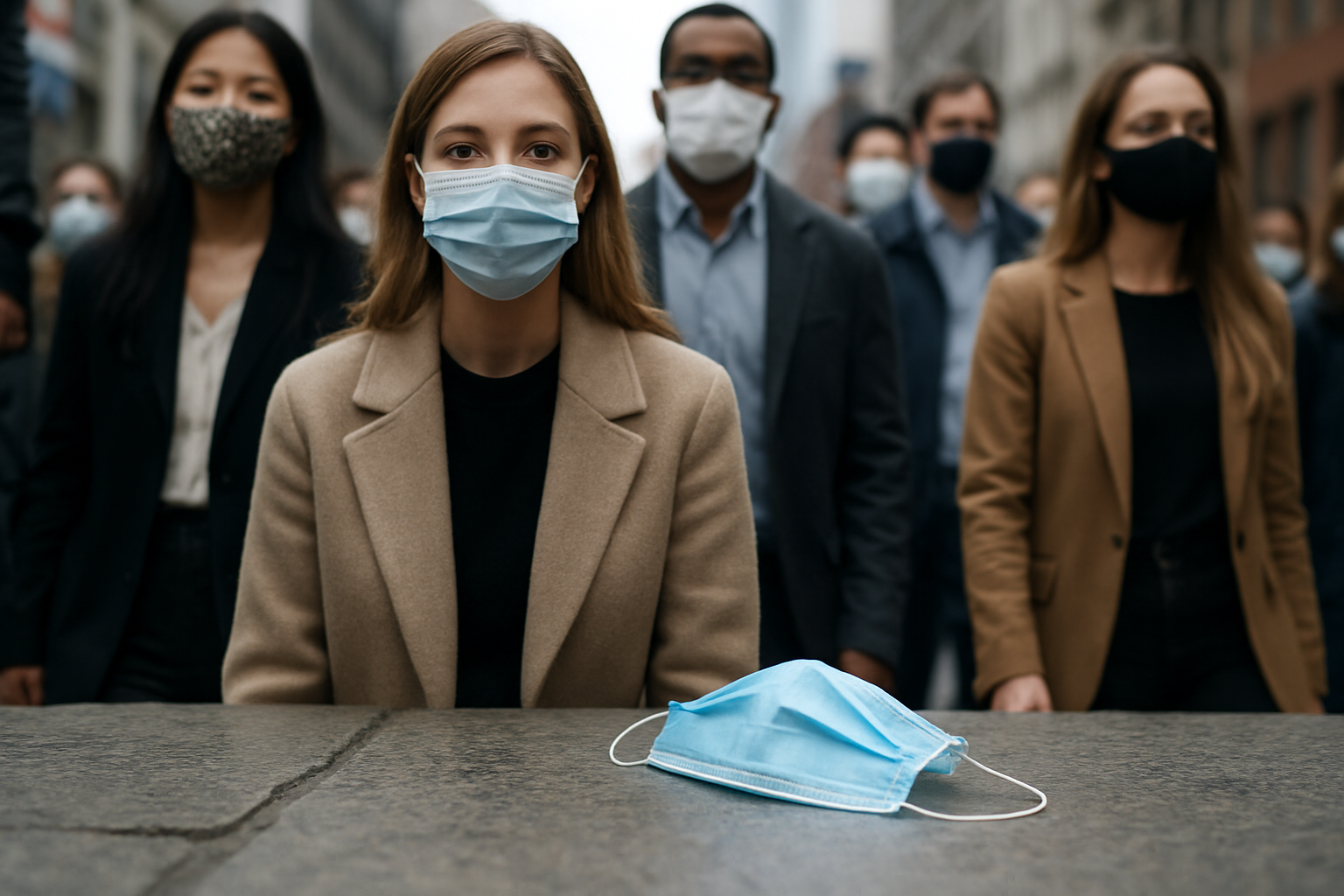Unmasking the Societal Shifts brought by Face Coverings: A Sociological Perspective
In a world reshaped by a pandemic, face masks have become an emblem of our times. But what are the cultural and sociological implications of this new "norm?" Read below to delve into the fascinating journey of face masks from a medical tool to a societal symbol.

From Health to Culture: The Journey of Masks
Face masks, once associated solely with medical professionals and industrial workers, have now become a ubiquitous accessory. The COVID-19 pandemic has transformed these simple objects into everyday essentials, sparking a myriad of societal and cultural shifts. Historically, masks have been used in a variety of contexts, from religious and ritualistic practices to theatrical performances. However, their contemporary significance is shaped by a unique intersection of public health, personal safety, social responsibility, and cultural expression.
The Societal Language of Masks
Masks, in the current context, carry a complex language of societal values and norms. They represent an individual’s compliance with public health guidelines while also signifying a commitment to societal well-being. The act of wearing a mask is a visible manifestation of social solidarity, signifying a collective effort to curb the spread of the virus. Moreover, masks have also morphed into political symbols, with attitudes towards them reflecting deeper ideological divides.
The Cultural Canvas of Masks
Beyond their societal symbolism, masks have also emerged as cultural canvases. They have been adopted as a medium for personal expression, with individuals using them to showcase their identities, affiliations, and creative flair. From designer brands to DIY creations, masks have transformed into a new fashion accessory. This cultural shift has not only made mask-wearing more appealing but has also created a new consumer market and influenced fashion trends.
The Impact of Masks on Social Interactions
The widespread use of masks has also impacted social interactions and communication. As masks conceal facial expressions, they create a barrier to non-verbal communication, leading to a reliance on other cues such as body language and tone. This has significantly altered the dynamics of interpersonal communication and posed challenges for those who rely on facial cues, such as individuals with hearing impairments or autism.
Masks: A New Norm Shaping Our Future
The societal and cultural shifts brought about by masks are likely to leave a lasting imprint on our society. While their use may decrease with the control of the pandemic, the impacts they have had on our societal norms, cultural expressions, and social interactions will continue to shape our future. Masks have not only redefined our approach to public health and safety but also altered our social and cultural landscape in unexpected ways.
In conclusion, masks, a simple item of personal protection, have evolved into powerful societal and cultural symbols. Their journey reflects our society’s ability to adapt, innovate, and find meaning amidst a global crisis. As we continue to navigate through these challenging times, it is crucial to acknowledge and understand these shifts to better prepare for a post-pandemic world.




